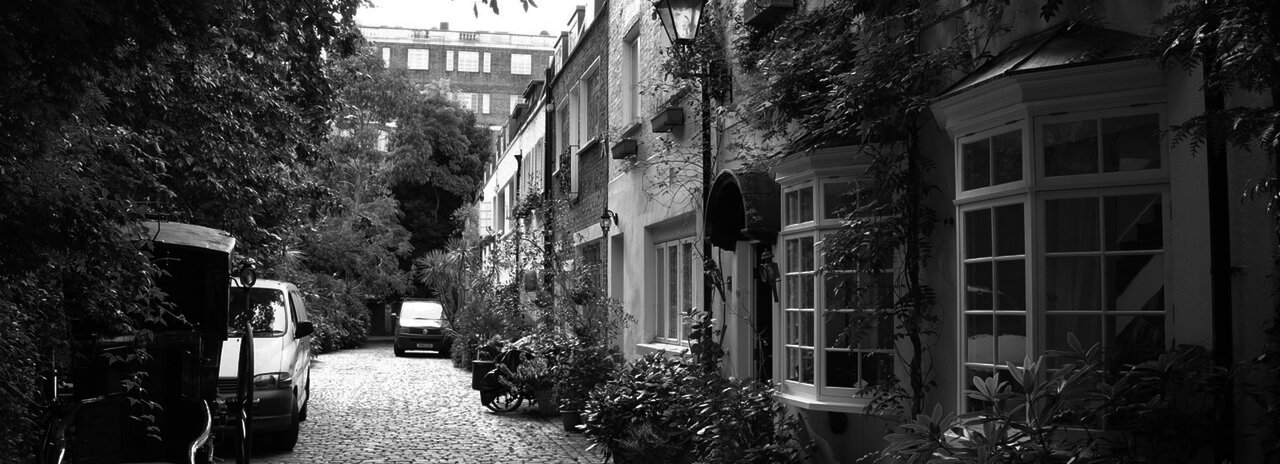Capital allowances on leased assets – Options for tax relief
The decision to acquire a business asset, be it a van or any other type of machine, will generally depend on how it is intended to finance the purchase. If the business has a healthy bank account, the purchase may be outright but, if not, other methods may be considered including hire purchase or leasing contract. Different tax implications depend on the type of asset, the type of contract entered into and whether the profits are calculated on a cash basis or accruals basis; VAT will also need to be considered (should the business be VAT registered.) Tax relief is allowed for the financial year of purchase if the asset is purchased in cash; however, other methods have different rules.
Tax relief
Capital expenditure is not usually deducted in calculating profits for tax purposes - capital allowances being claimed instead. The exception is where accounts are prepared using the cash basis, then relief is given against profits unless the asset is of a type that is specifically disallowed (e.g., cars). Where accounts are prepared using the accruals basis, a deduction is not given for capital expenditure, although capital allowances may be allowed instead.
The maximum amount claimable under the annual investment allowance (AIA) is £1 million. Qualifying expenditure on plant and machinery (not cars) up to the maximum AIA attracts 100% relief. Any amount higher than £1 million enters either the 6% pool or the 18% capital allowances pool (depending on the type of asset), attracting a writing down allowance at the appropriate rate.
Types of lease
There are two main types of lease: operating leases and finance leases.
Operating leases (hire purchase)
Under a hire purchase agreement, the asset is treated as if it had been purchased outright. It is shown in the balance sheet and depreciation is provided on an annual basis. The agreement usually includes an option to purchase at the end of an initial period. For accounting purposes, expenditure is treated as being incurred as soon as the asset comes into use, even though the asset is not strictly owned until the option to purchase is exercised. Payment of this final fee transfers the asset's title, bringing the legal agreement to an end. Finance charges are not part of the cost but are allowed as a business expense, spread over the term of the agreement. VAT charged by the finance company will be payable with the initial instalment (VAT not recoverable should the asset be a car).
Finance leases
The key difference between a short-funding finance lease and an operating lease is that the lessee cannot claim capital allowances as the lessor retains ownership. A short lease for tax purposes is defined as “a lease whose term is seven years or less” (s70I Capital Allowances Act 2001).
However, the asset is shown on the lessee's balance sheet with the obligation to pay shown as a liability. The finance payments are apportioned between the finance charge and the reduction of the outstanding liability, the finance charge being tax deductible with any VAT attached reclaimed on each payment. The business will be liable for insuring and maintaining the asset.
In comparison, long funding leases are leases lasting more than seven years. Under such a lease it is the lessee rather than the lessor who retains ownership and can claim capital allowances. Should a business enter a new, longer lease in the future and all relevant conditions are met, the lessee can claim the capital allowances based on the present value of the minimum lease payments.

